A new one-of-a-kind platform for the remote detection and classification of faults in concrete structures has been developed by University of Strathclyde's Advanced Nuclear Research Centre.
The device could lead to increased inspection speed, accuracy, and safety, allowing major asset owners to make significant cost savings.
The platform named 'ALICS' (Adaptive Lighting for the Inspection of Concrete Structures), combines advanced methods in image capture, scene lighting and colour with state-of-the-art techniques in artificial intelligence to detect faults in civil concrete infrastructure, including nuclear power plants and bridges.
Inspection of these concrete structures is critical. ALICS's remote, technological solution could allow civil asset managers to bypass the risks and challenges associated with the manual inspection of a growing catalogue of assets, and as a result, to avoid outages and closures that can cost in the region of £1M per day.
The extensive benefits of remote and automated inspection have attracted strong interest from industry. While the research has been led by University of Strathclyde's Dr Marcus Perry, Senior Lecturer in Civil and Environmental Engineering, ALICS has been driven forward by industry partnerships with Cavendish Nuclear (Babcock), Altrad Babcock, Bruce Power, EDF Energy and InspectaHire. These partnerships have provided both financial and in-kind support.
With this significant industry backing, the ALICS team approached two of Scotland's seven innovation centres, Built Environment – Smarter Transformation and CENSIS, for further partnership. These partnerships have allowed the project to access both centres' extensive knowledge and networks while enabling the innovation centres to work together on their first joint funded project.
Marcus Perry, Senior Lecturer in Civil and Environmental Engineering at the University of Strathclyde, said: "Partnerships between industry, Scottish innovation centres, and universities are different. They allow research to be designed, funded, and delivered with continuous dialogue between all three parties.
This sustained feedback means industry partners can steer our research direction more effectively. This ensures the academic delivery team deliver not only world-leading science, but high-impact engineering outputs and products with real world applications."
Fiona MacDonald, lmpact Manager at BE-ST, said: "BE-ST is delighted to support such a collaborative and impactful R&D project that can enhance not only safety within the industry, but the efficiency and commercial performance of invested partners all while creating a technology with the potential to truly transform operational performance within our built environment."
Rachael Wakefield, Business Development Manager at CENSIS, said: "The ALICS project is a notable example of how imaging technology can be used to make critical infrastructure and the built environment safer. Inspection is rightly an important part of maintaining assets, and with innovative technologies like this, it can be done continuously and more efficiently. This is also a great demonstration of how, by bringing all the expertise and skills we have in Scotland together, we can take on global challenges."
Construction News
21/06/2023
Remote Concrete Inspection Device Developed
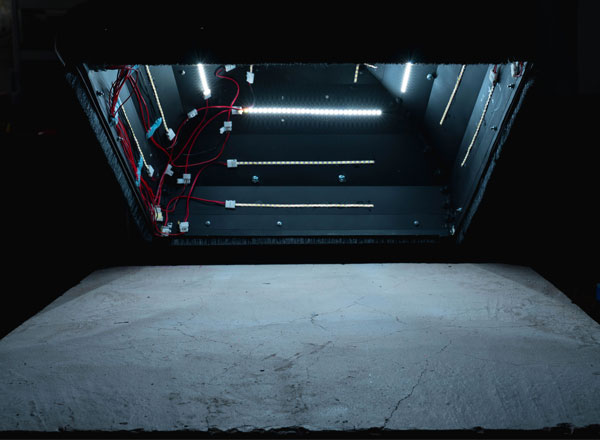

15/04/2025
Construction of a £70 million student accommodation development at 292-298 St Vincent Street in Glasgow has reached a significant milestone, with the building now visibly rising from the ground.
Drone footage has captured the progress of the project, which is a partnership between developer Artisa

15/04/2025
Energy regulator Ofgem is expected to confirm today (April 15) its finalised Connections Reform process, designed to expedite grid connections for renewable energy projects that are ready and crucial for achieving the UK's clean power targets for 2030 and beyond.
The new connections system, anticip

15/04/2025
The ambitious transformation of Glasgow’s landmark George Square has moved into a tangible phase with the commencement of the erection of hoardings around the perimeter of the civic space. Starting today, the hoardings will enclose the Square for the duration of its 18-month redevelopment.
The pane
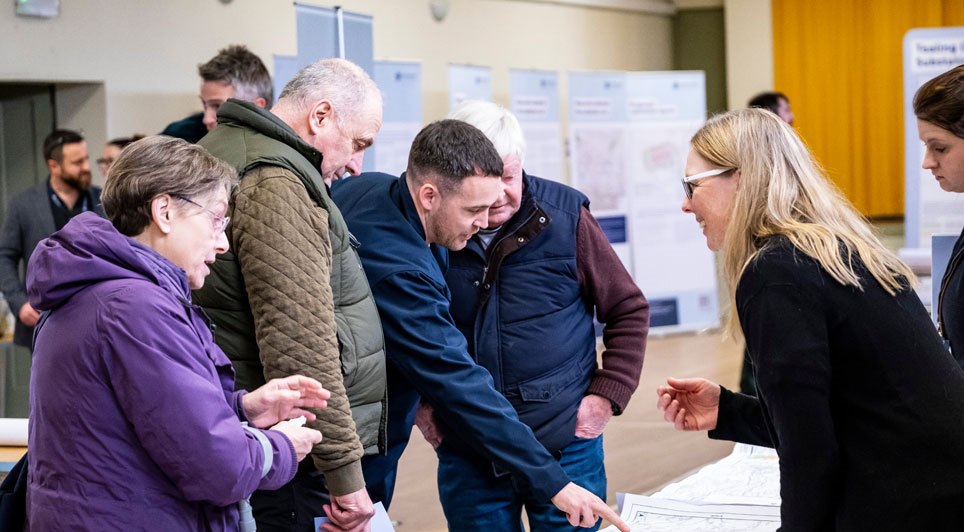
15/04/2025
Members of the public are invited to attend a consultation feedback event to discuss the proposed infrastructure associated with a new underground electricity transmission cable between the Kinardochy and Errochty substations in Perthshire.
The event will take place on Monday, 28 April, from 4 pm t
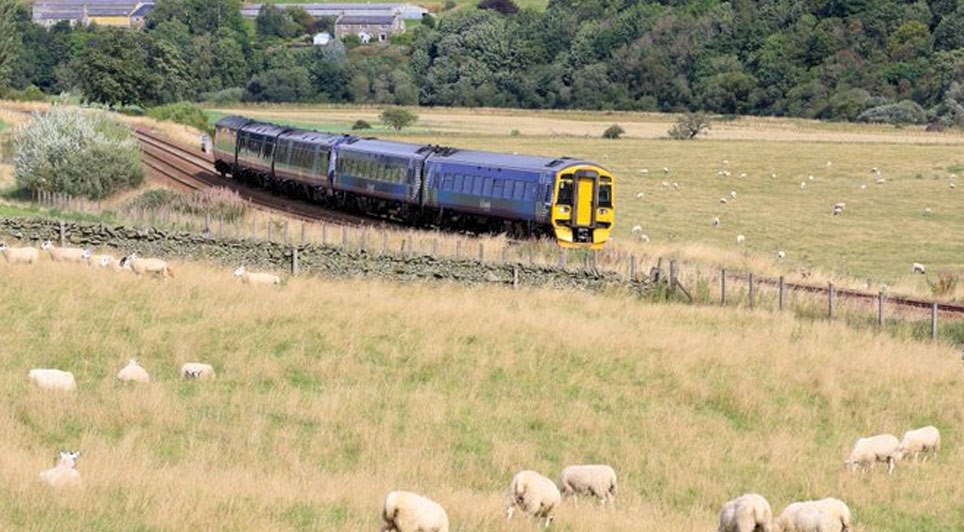
15/04/2025
Turner & Townsend have been appointed as project managers to develop a business case for the potential extension of the Borders Railway beyond its current terminus at Tweedbank to Hawick and Carlisle.
This key appointment will enable crucial work to progress on the project, including feasibility s
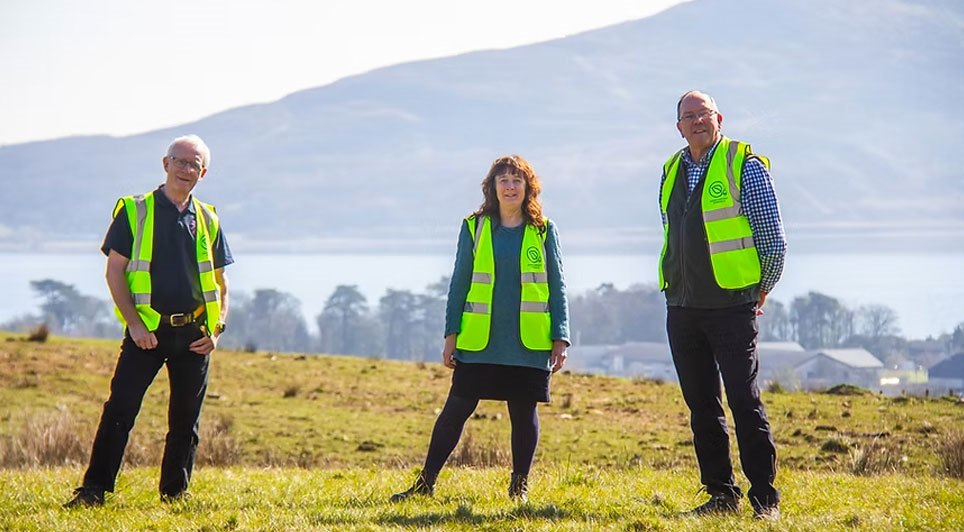
15/04/2025
Arran Community Renewables, a Community Benefit Society based on the Isle of Arran, has secured planning consent for a 6 MW solar farm. The Glenkiln Solar Farm, located approximately 1km west of Lamlash, is projected to generate 5,600MWh of clean renewable energy annually from 2027.
The £5 million
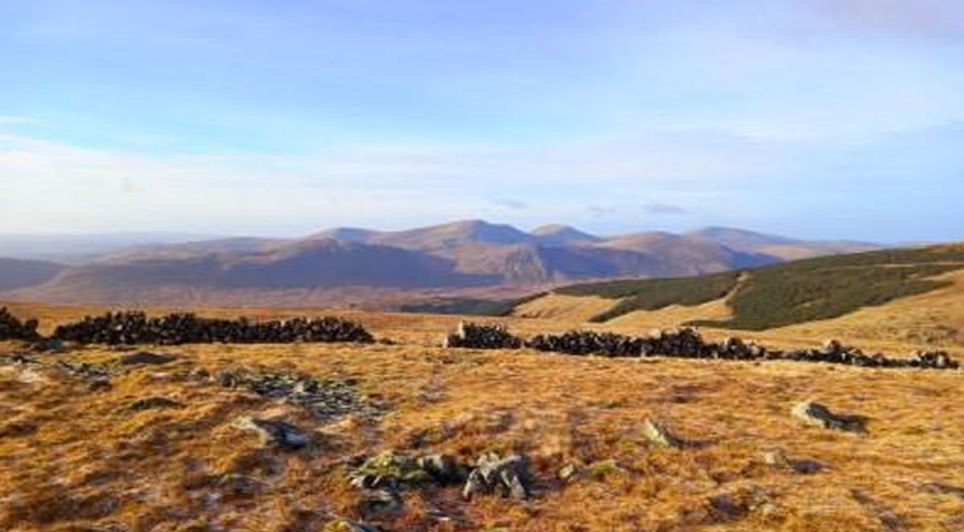
15/04/2025
A new Route Map has been published by the Scottish Land Commission (SLC) to ensure communities across Scotland secure tangible and long-lasting benefits from nature restoration projects and investment in the country's natural environment.
The practical guide is designed for landowners, developers,
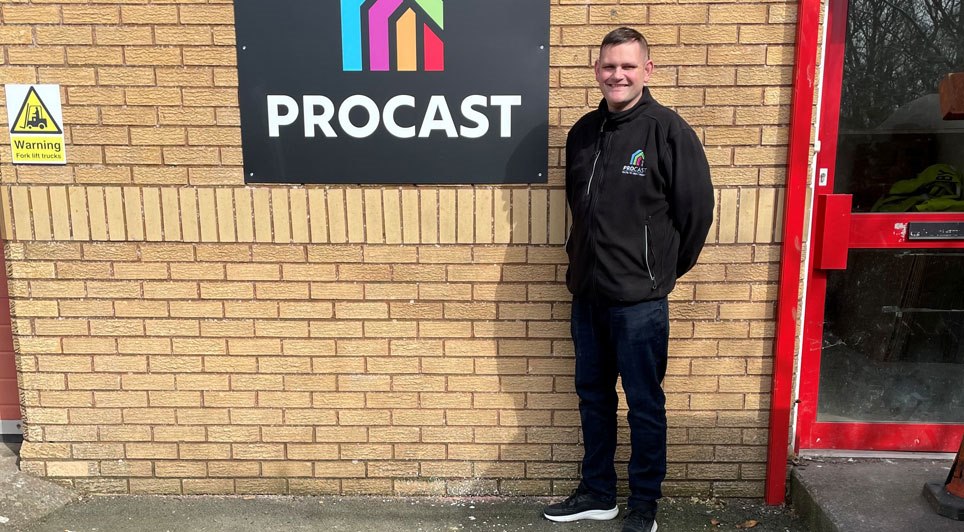
15/04/2025
Award-winning principal contractor Procast Group has further expanded its presence across Scotland with the opening of a new base in Dumfries. The Hamilton-based firm has invested £30,000 in a new warehouse and office facility in the Maxwelltown Industrial Estate in Dumfries and Galloway, marking it

14/04/2025
Glasgow City Council's Affordable Housing Supply Programme (AHSP) facilitated the completion of over 1,000 new affordable homes in the city during the past year, despite facing budgetary reductions at the start of the financial year.
The initial grant of £78.687 million from the Scottish Government

14/04/2025
A key phase of Scottish Water's £11.5 million project to upgrade a strategic rising sewer main connecting Renfrew and Glasgow is set to begin, resulting in a significant road closure.
From Monday, 28 April 2025, Ferry Road in Renfrew will be closed to all vehicular traffic for a period of four mont
 Scotland
Scotland UK
UK Ireland
Ireland London
London










